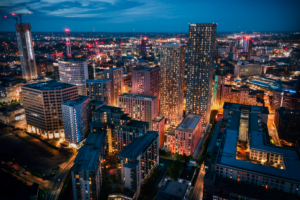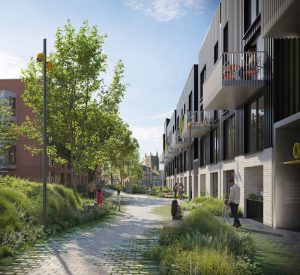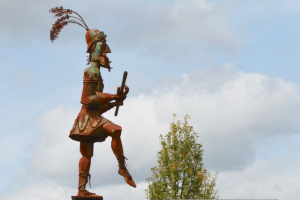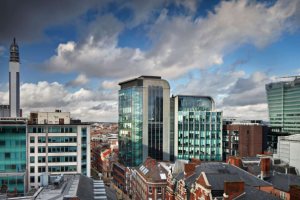Dreamland designer commissioned for Shrewsbury Flaxmill
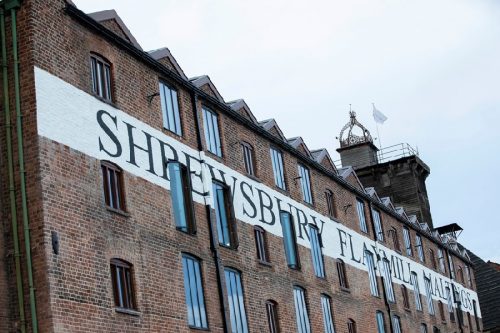
The design company behind the redesign of Margate’s Dreamland has been commissioned to develop a Shropshire heritage site.
Hemingway Design will work to restore and rebrand Shrewsbury Flaxmill Maltings, which was built in 1797 and thought to be one of the most important buildings in England’s industrial past and forerunner to the modern skyscraper.
Historic England secured £20.7m of Heritage Lottery funding to develop the Flaxmill site and is crowdfunding a further £26,000 to restore a cast iron coronet placed at the highest point to celebrate Queen Victoria’s Diamond Jubilee in 1897.
It bought the derelict site in 2005 and a major renovation is expected to be completed in 2021.
Historic England said it wanted the Maltings to become a “visionary brand that reflects the revolutionary spirit of the site” and hopes it will become a new learning and enterprise quarter with offices to house creative industries.
“The great thing about this project for us is that Historic England, whilst being incredibly diligent about the regeneration, are ready to be bold and future-facing in their thinking about the next phases of use for the site. Its location in Shrewsbury, a beautiful and vibrant place that’s bucking the trend of town centre decline through its determined independent spirit, completes the recipe,” said Wayne Hemingway of HemingwayDesign, which was behind the £18m redesign of Margate’s Dreamland, which features vintage fairground rides.
Home to eight listed buildings including three at Grade I, the Shrewsbury site was first constructed in 1797 and was added to and altered over the years as its use changed.
During the Industrial Revolution, the new spinning mill quickly became Shrewsbury’s largest employer with more than 800 men, women and children working there making linen thread from flax.
After it closed in 1886 it reopened a decade later to produce malt for the brewing industry. Part of the building served as a barracks for soldiers during the Second World War and finally closed as a maltings in 1987.
After falling into disrepair, Historic England (then English Heritage) stepped in to stabilise the site and carry out urgent repairs.

